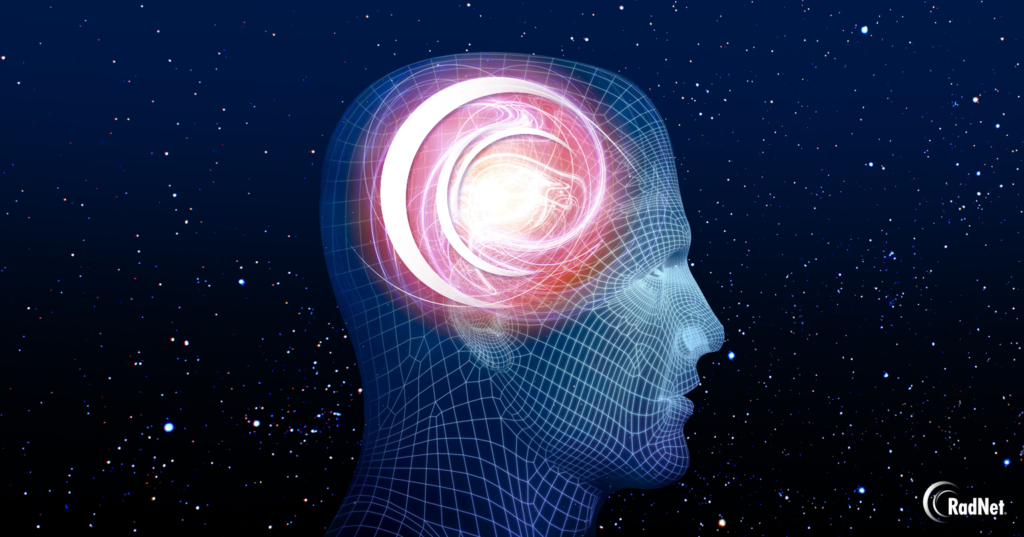RadNet Developing Artificial Intelligence (AI) for Radiology

RadNet is working to develop a set of artificially intelligent computer algorithms that can read and interpret imaging studies. Though the work is still in its early stages, it promises to improve the lives of both patients and their healthcare providers. Artificial Intelligence (AI) has the potential to increase diagnostic certainty, reduce overtreatment, and conserve resources for patients most in need.
How AI Algorithms Work
A basic computer algorithm is a mathematical equation that provides step-by-step instructions that tells a program how to operate. An AI algorithm tells a computer how to recognize trends in large amounts of data and how to rewrite its code to identify new patterns. Starting with a simple set of instructions, they learn to anticipate answers to specific questions given to it by a programmer by sorting through thousands of prior responses and identifying patterns correlated with the right ones. AI algorithms are already being used by internet companies such as Google and Facebook. Now RadNet is helping adapt them to the medical field.
AI & RadNet
To develop a set of AI algorithms for its radiological practice, RadNet is working with a team of software engineers, supplying them with thousands of imaging studies that the engineers then feed into their computers. As the algorithms analyze the difference between a positive study and negative one, they are slowly developing the ability to evaluate patients as accurately as a human doctor. Because AI can only be trained to identify a narrow set of patterns, it is doubtful AI could ever fully replace human doctors. However, radiologists hope it will be able to take over the more mundane aspects of clinical practice such as triage, processing, and highlighting patients, allowing doctors to focus their efforts on assessment, diagnosis, and treatment. If the work proceeds as planned, AI may eventually be able to provide a fresh perspective on patient health, identifying new patterns and information radiologists are currently unable to get out of imaging studies. At present, RadNet is investigating the use of algorithms on a much smaller scale, such as identifying which patients owe copays when they arrive for their exam, before entrusting them with more important diagnostic responsibilities. However, once the software has been perfected, RadNet hopes it will be able to address important problems in radiology, such as overtreatment. RadNet believes a substantial number of studies ordered by physicians may not be necessary – a substantial drain on time and resources. Algorithms could also help technologists position patients and acquire images, reducing the number of studies required to make a diagnosis.

